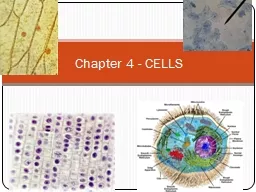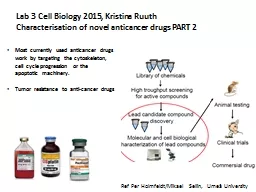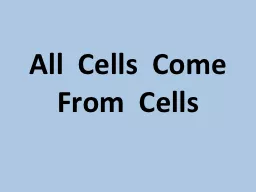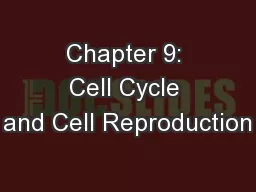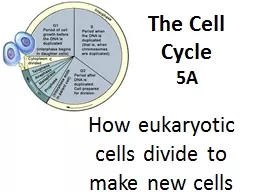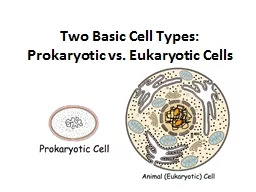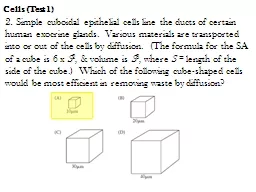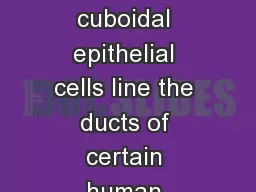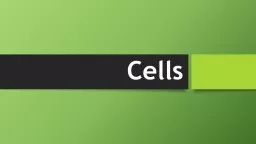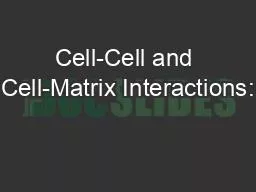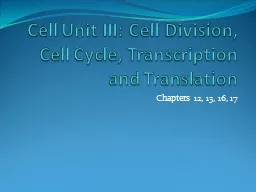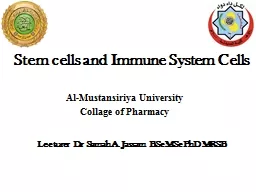PPT-Chapter 4 - CELLS Cell Lab
Author : jiggyhuman | Published Date : 2020-06-16
For each prepared slide Draw each cell remember to draw the field of view and label any structures you know Record the magnification of each Make observations
Presentation Embed Code
Download Presentation
Download Presentation The PPT/PDF document "Chapter 4 - CELLS Cell Lab" is the property of its rightful owner. Permission is granted to download and print the materials on this website for personal, non-commercial use only, and to display it on your personal computer provided you do not modify the materials and that you retain all copyright notices contained in the materials. By downloading content from our website, you accept the terms of this agreement.
Chapter 4 - CELLS Cell Lab: Transcript
Download Rules Of Document
"Chapter 4 - CELLS Cell Lab"The content belongs to its owner. You may download and print it for personal use, without modification, and keep all copyright notices. By downloading, you agree to these terms.
Related Documents

